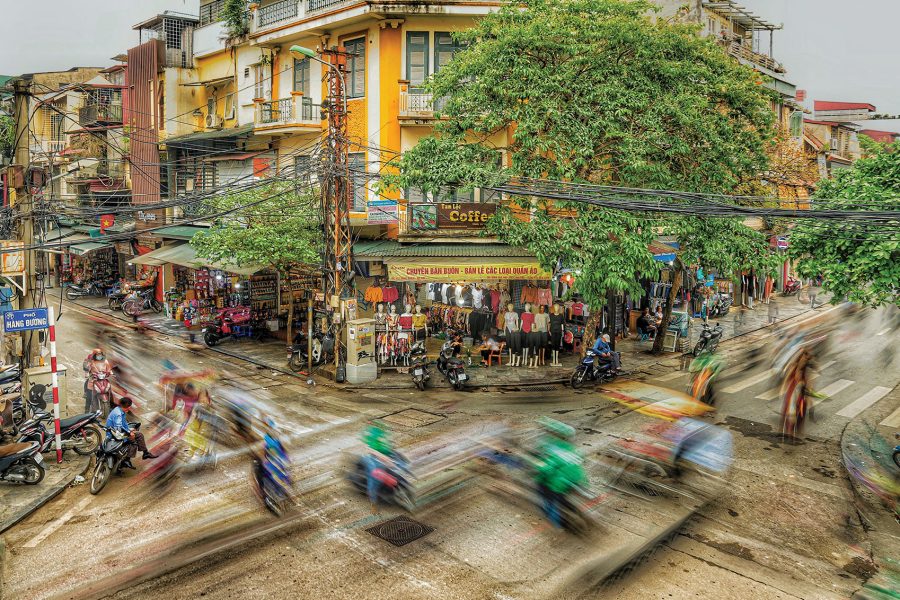If you still think that Hanoi is all about street food, you haven’t been paying attention. There’s no denying that sitting knee-to-knee on a tiny stool scoffing noodles encircled by parked motorbikes is a big part of the experience, but in recent years, upmarket establishments, from smart contemporary bistros to fanciful fine-dining restaurants, have begun elbowing in on the Vietnamese food culture action.
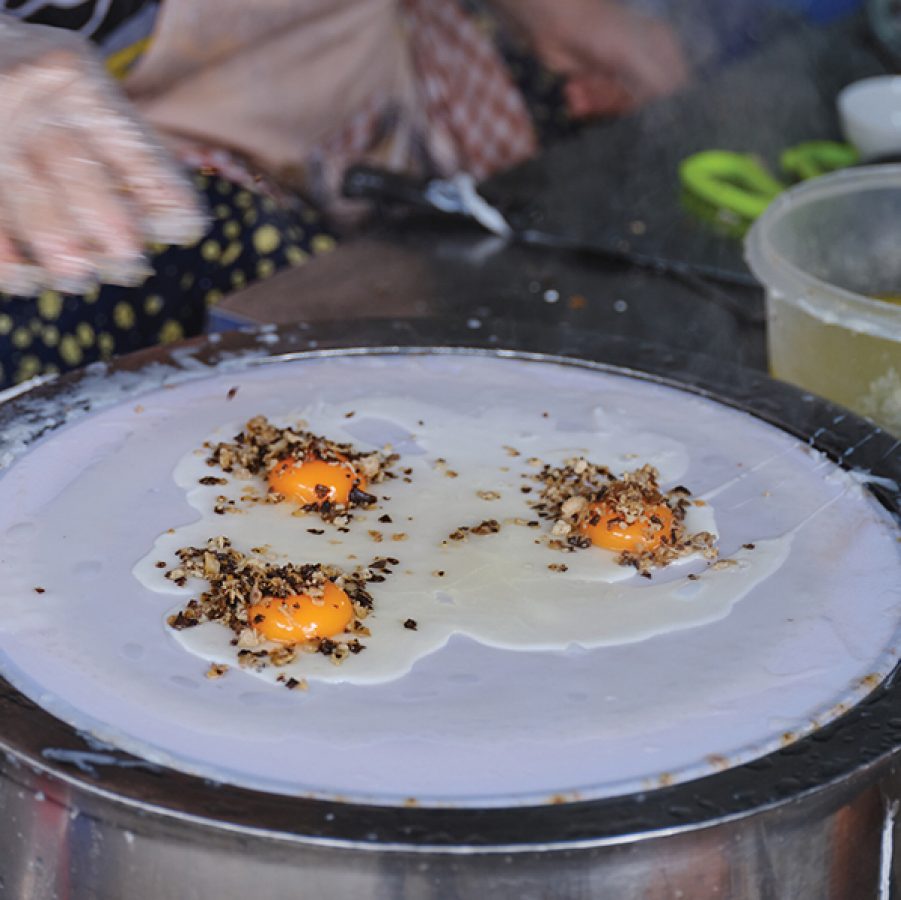
Credit: Vũ Bảo Khánh
1. Banh Cuon Nong Ho Tay
Banh cuon nong is similar to Chinese rice noodle rolls, but the dish tends to be lighter and is always made to order in deep, barrel-like steaming pots. At Banh Cuon Nong Ho Tay, after cooking and shaping the rice flour batter, the chef gently peels it from the pot and rolls it with seasoned minced pork and cat ear mushroom. The experience is part delicious treat, part immersive theatre. Once full, you can hop across the road to Café Duy Tri, which has served sweet, rich iced Vietnamese coffee for almost 90 years.
Banh Cuon Nong Ho Tay: 34 P. Yen Phu, Tay Ho Café Duy Tri: 41b P. Yen Phu, Tay Ho
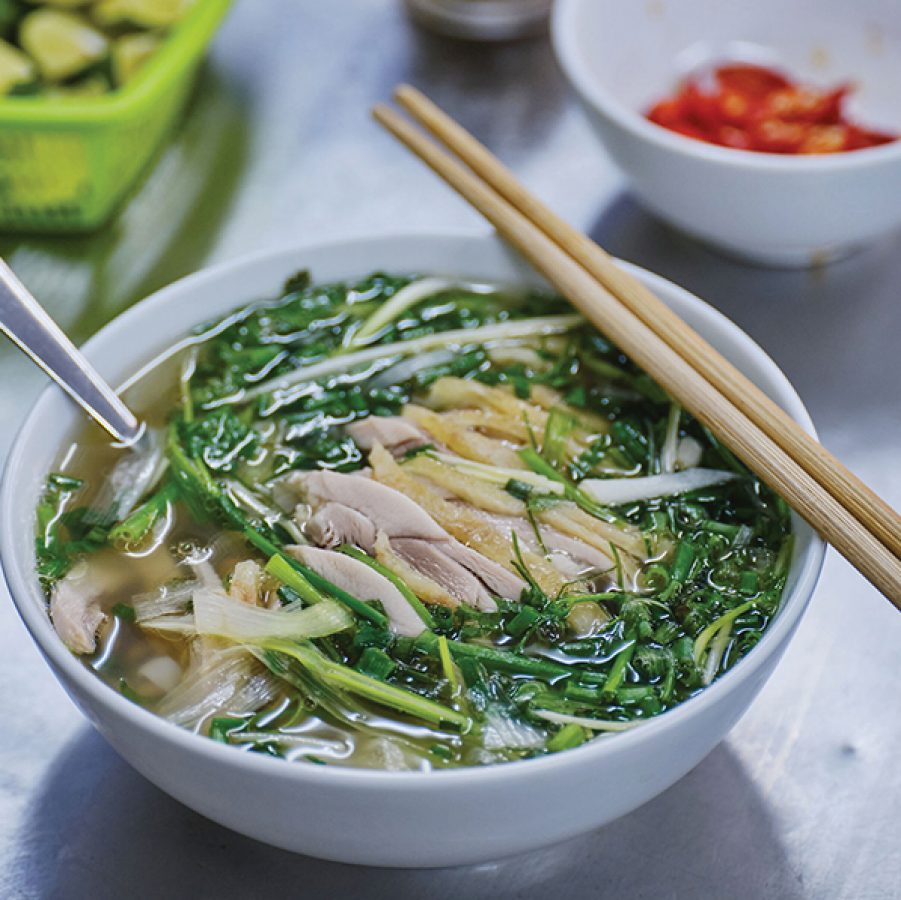
Credit: Vũ Bảo Khánh
2. Pho Ga Nguyet
From a visual point of view, nothing stands out about Pho Ga Nguyet: it’s nestled within a cramped terrace house on a cluttered street in the Old Quarter. Head chef Ms Nguyet, a former market trader, doesn’t come from a long line of food connoisseurs like other chefs in the neighbourhood. But she has always made a fabulous pho ga (chicken flat noodle soup, Vietnam’s national dish) and opened a pho shop in 2009.
In 2023, the Michelin Guide named Pho Ga Nguyet a Bib Gourmand eatery for its “good quality, good value cooking”. The broth, which begins boiling at 4am, is both hearty and delicate, but what sets Pho Ga Nguyet apart from its rivals is that you can select the cut of the chicken: breast, thigh, leg or wing.
5B Phu Doan Street, Hang Trong Ward, Hoan Kiem District
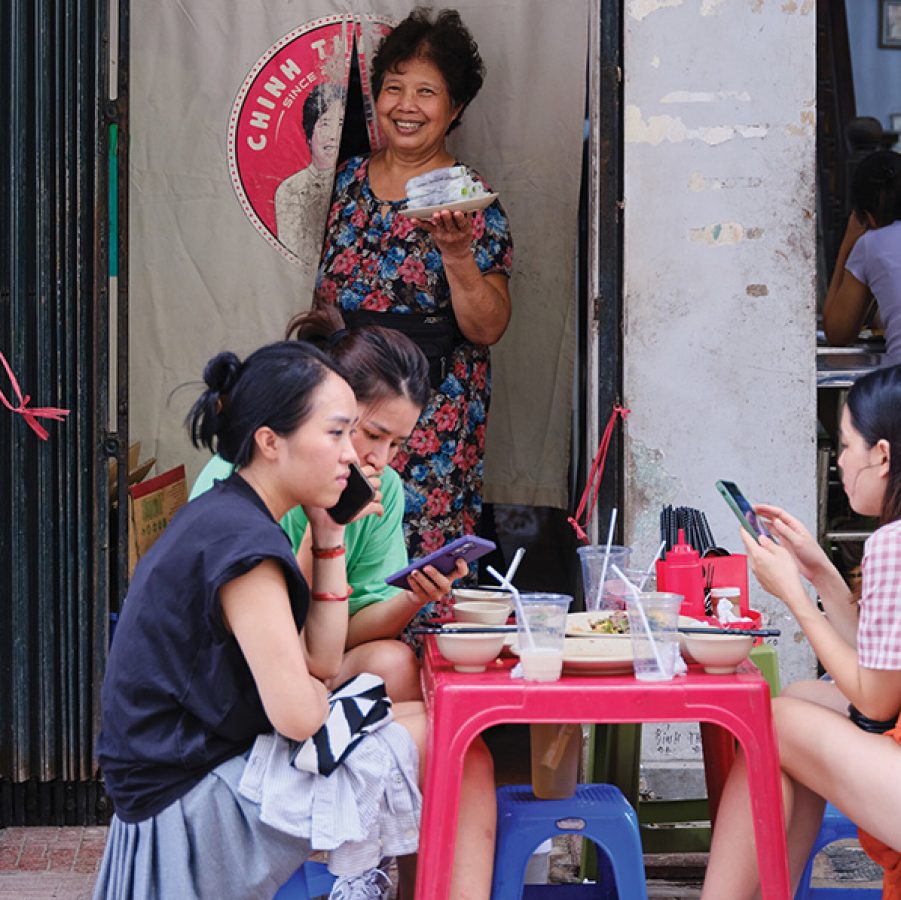
Credit: Vũ Bảo Khánh
3. Pho Cuon Chinh Thang
Pho cuon, a rice paper roll with beef and herbs, is a lesser-known Hanoi street food speciality, perhaps because it’s hard to find beyond the Truc Bach neighbourhood, just north of the Old Quarter. Lean beef is wok-fried with garlic and wrapped with fresh herbs in wet rice paper to make a kind of spring roll. Grab the finished finger food, dunk it in a sweet and sour fish sauce and gobble it up. Many Hanoians go to the rowdy restaurants on parallel Ngu Xa Street for the dish, but those in the know come to Pho Cuon Chinh Thang , which has served pho cuon in its humble setting for two decades.
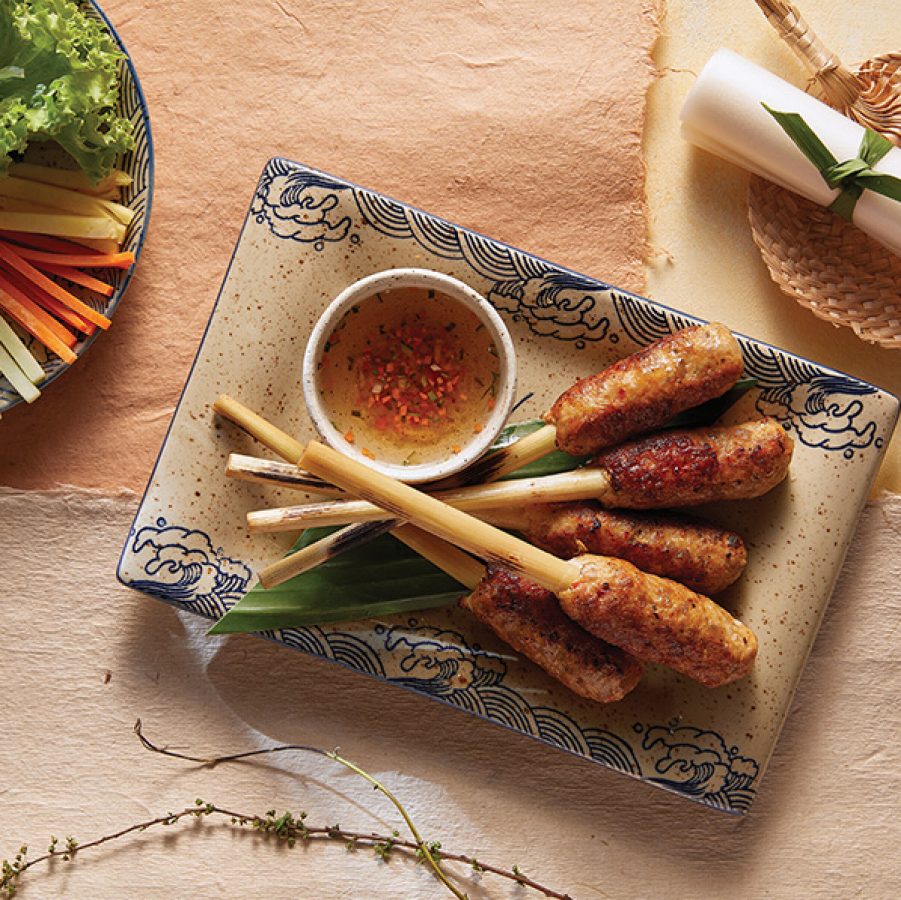
4. Maii Bistro
Hanoi’s leafy West Lake district is undergoing a transformation, but between the post-apocalyptic roadworks and proliferating apartment blocks, there are still plenty of tree-packed neighbourhoods concealing independent cafés, bars and restaurants. One such restaurant is Maii Bistro , which takes a contemporary approach to Vietnamese classics.
Try the cuon nem lui Nha Trang, grilled pork on a lemongrass stick, a speciality from the southern Vietnamese city of Nha Trang; or the nem tom cua Tho Au, square-shaped fried spring rolls. Also, don’t miss the fresh, crunchy pomelo salad.
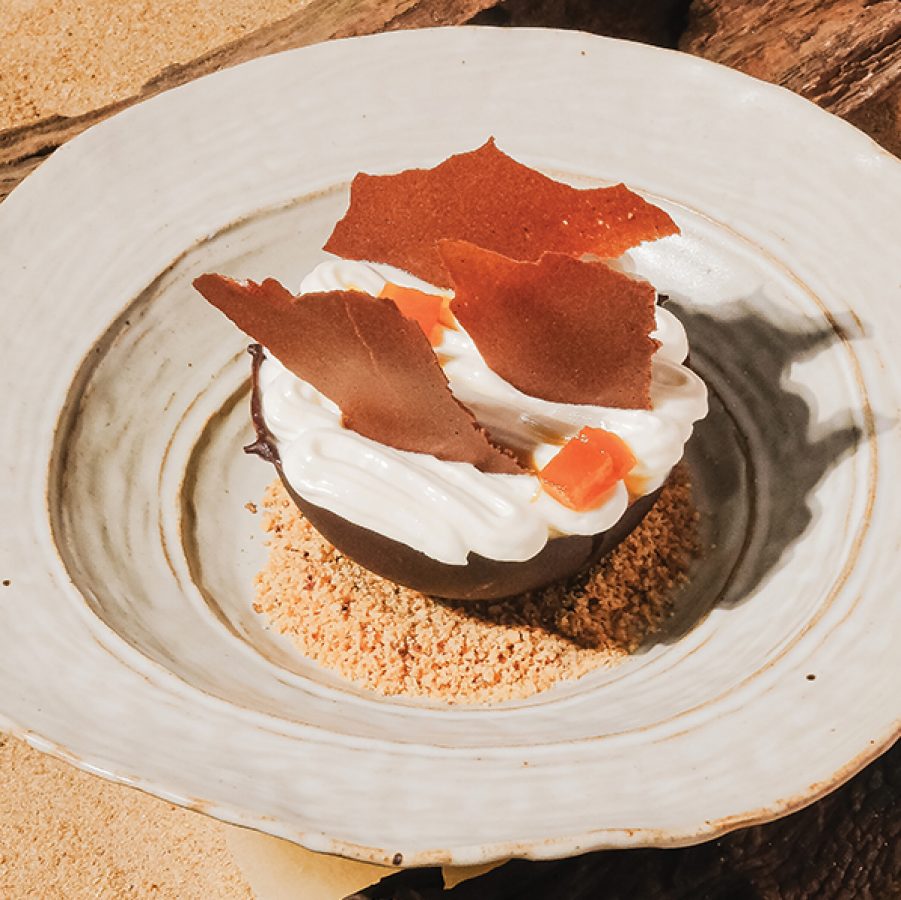
5. Habakuk
An artisanal café brewing premium coffee by day and a low-key, mood-lit bistro by night, Habakuk serves a modern menu inspired by European cuisine with a distinct Italian influence. This Michelin Bib Gourmand restaurant hidden in a French Quarter alleyway is best known for its rich, creamy desserts – the perfect post- meal treats that are worth a trip on their own.
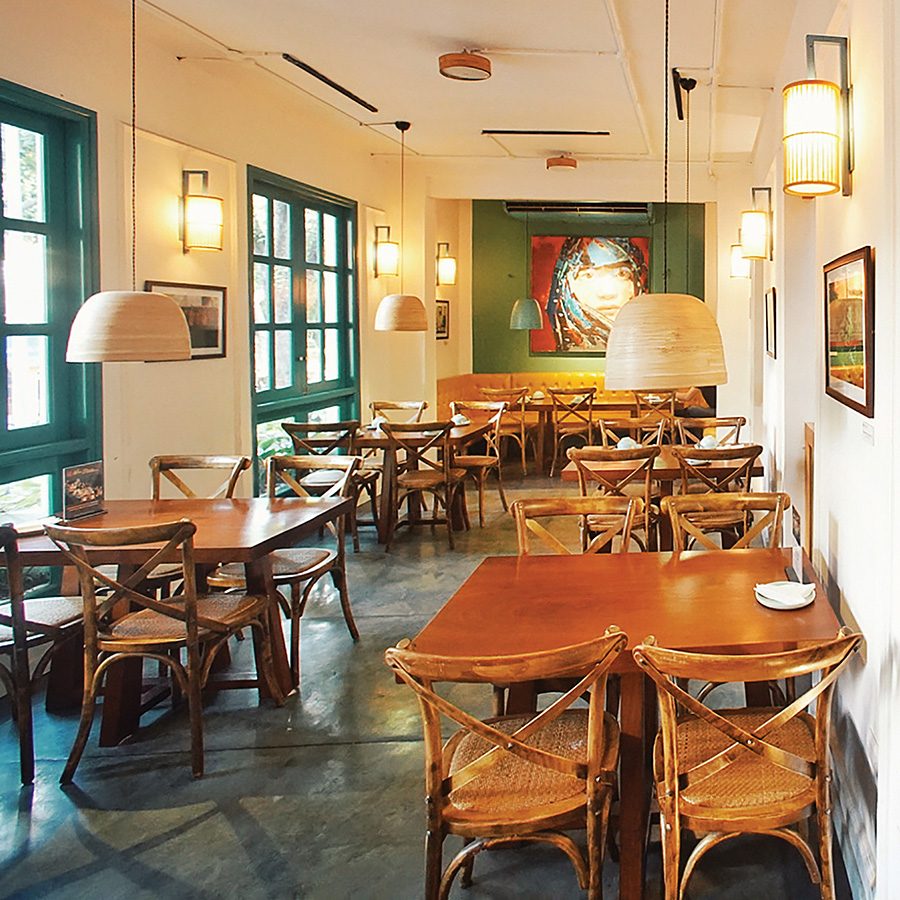
Credit: Luk Lak Vietnamese Restaurant

Credit: Luk Lak Vietnamese Restaurant
6. Luk Lak
The menu at Luk Lak is inspired by Vietnam’s highland cuisine, which means generously seasoned grilled meats, crisp subtropical vegetables and creative fried rice dishes with ingredients like lotus seed and lemongrass. Head chef Madame Binh worked at various high-tier restaurants in Hanoi before opening Luk Lak in 2018, which now also has locations in Danang and Ho Chi Minh City. The original outlet overlooks the French-built Neoclassical Hanoi Opera House, but the interiors are far from classical, with a tasteful Indochine-inspired dining room and verdant tropical plants.
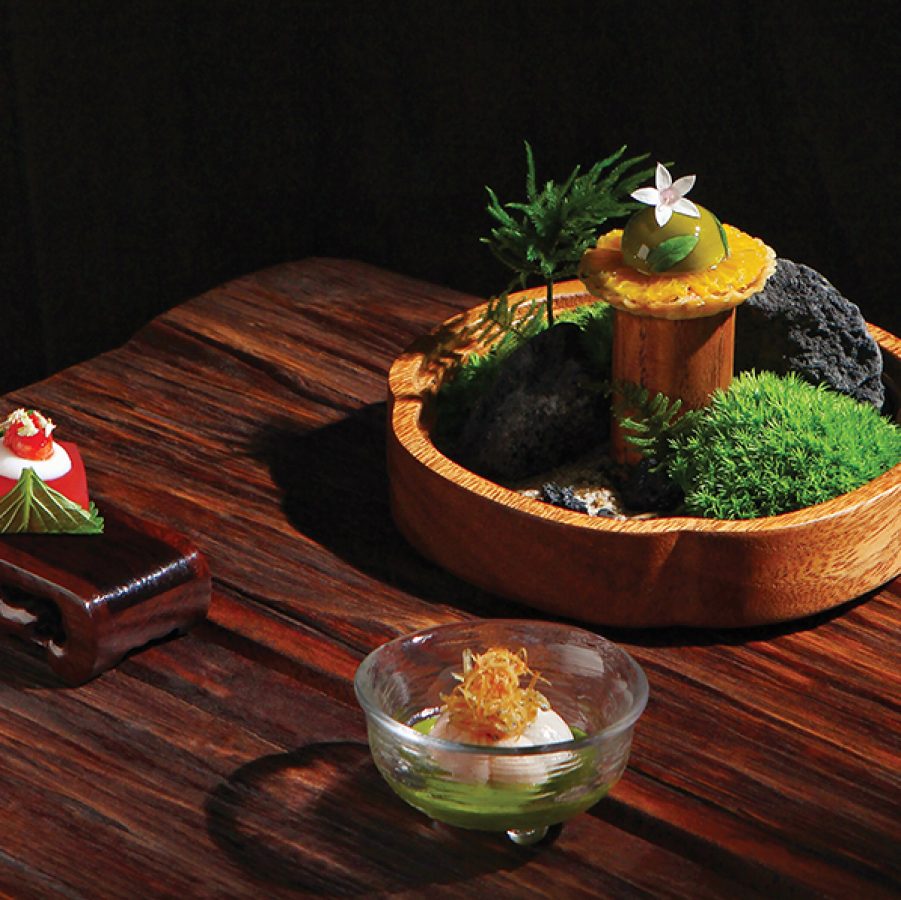
7. Gia
Gia has a Michelin star, and you can see why even before tasting any food. The multi-course journey starts with a welcome drink at the downstairs lounge, then moves to an open kitchen where guests can watch the chefs at work, or to the dining room, with design motifs inspired by the Temple of Literature, the millennium-old cultural site that the restaurant overlooks. The menu changes with the seasons, and head chef Sam Tran can adapt the dishes for dietary requirements.
More inspiration
Hanoi travel information
- China – the Chinese Mainland, Hong Kong SAR, Macao SAR and Taiwan Region
- Hong Kong SAR - English
- Chinese Mainland (China) - English
- Taiwan, China - English
- 香港特別行政區 - 繁體中文
- 中国內地 - 简体中文
- 中國台灣 - 繁體中文
- Africa
- South Africa - English
- Asia
- Bangladesh - English
- Korea - English
- Singapore - English
- Cambodia - English
- 한국 - 한국어
- Sri Lanka - English
- India - English
- Malaysia - English
- Thailand - English
- Indonesia - English
- Maldives - English
- ประเทศไทย - ภาษาไทย
- Indonesia - Bahasa Indonesia
- Myanmar - English
- Vietnam - English
- Japan - English
- Nepal - English
- Việt Nam - tiếng Việt
- 日本 - 日本語
- Philippines - English
- Australasia
- Australia - English
- New Zealand - English









